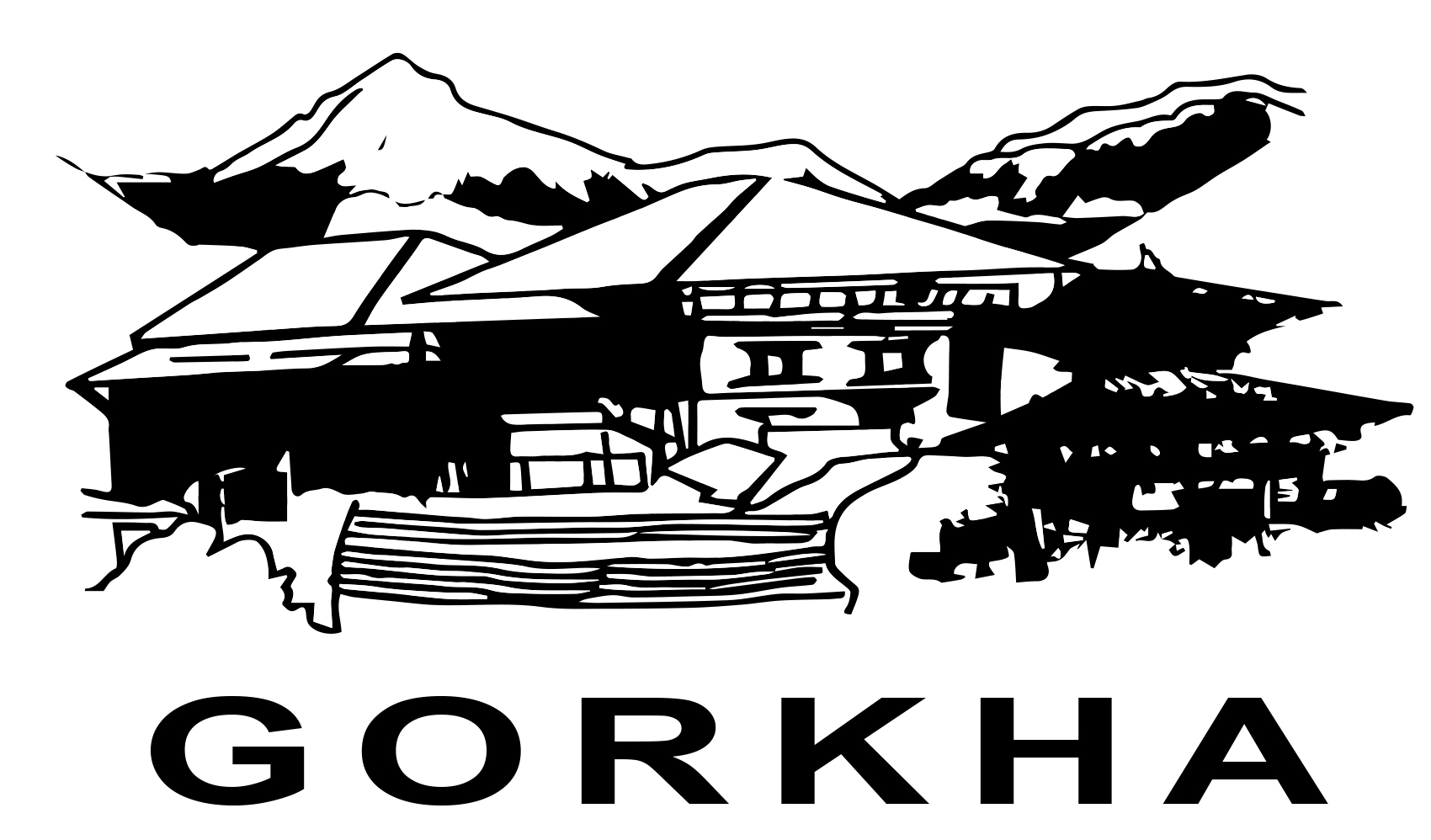Culture & Tradition
The festivals of Losar (Tibetian new year) Nyungne, Buddhapurnima, Tirahanne (To hit) and Lama /Sherpa dance (Chyam), horse race, Saka Dhawa, Tamang dance etc. are considered as special festivals of this region. Tourists have the opportunity to take part in local rituals, pujas, blessings with lamas, lama dances, group dances, serving traditional food to the neighbors, wearing colorful costumes, observing horse riding and various food activities. Monasteries are considered important for Buddhi st lama philosophy, spiritual philosophy, meditation and worship, and dance. Regionally and culturally, after the old 7 VDCs in the Manaslu region, the culture of a village municipality can be divided into three section, namely Nubri, Kutang and Chum.
The culture and rituals of the Bhotia community in the Lho and Samagaun areas of the mouth of the Budhigandaki River, west of Chum Gaonpali, are also known as Nubri culture. The language of this community, which is in tune with Tibetan culture, is also very similar to that of Western Tibetan. Known as the Bhotia Lama, this community's rich culture and traditions such as costumes, food, festivals and monasteries are seen as a special attraction for tourists.
The people of this area, which falls under the Nyingmapa kineage, worship the Lama with the utmost respect. The important Pugen Gumba (Sama 3820 m) and the Karjuchholing Gumba (near Manaslu Weskam) in the Kamolung area are famous. It is said that Milarepa meditated in a cave near Samagaun in the 12th century.
The people of this area, which falls under the Nyingmapa kineage, worship the Lama with the utmost respect. The important Pugen Gumba (Sama 3820 m) and the Karjuchholing Gumba (near Manaslu Weskam) in the Kamolung area are famous. It is said that Milarepa meditated in a cave near Samagaun in the 12th century. The people of this area, which falls under the Nyingmapa kineage, worship the Lama with the utmost respect. The important Pugen Monastery (Sama 3820 m) and the Karjuchholing Monastery(near Manaslu Weskam) in the Kamolung area are famous. It is said that Milarepa meditated in a cave near Samagaun in the 12th century.
In the past, the practice of polygamy existed, but nowadays it is disappearing. In this area, it is also considered important for the treatment of amygdala. Yak and Chauri, Bhenda, Changra woolen handicrafts made from them such as Bakkhu, Radi, Pakhi, Jhola etc. are found as the main symbols of this region. Animal Husbandry and Milk Based Enterprise Activities and Herbal Collection are additional tourist attractions in the region.
From the tourist point of view, the main caves are Sita Cave (Solar Water), Siddha Cave (Lakhanthapa Cave, Bakreswar), Fuh Cave (Chhekampar 3097 m).
Bunkot village, the birthplace of Lakhan Thapa, who was martyred in 1932 BS (1877 BS), is located 10 km east of the district headquarters. Observing Lakhan Thapa's birthplace and home and the materials he used and meeting and interacting with his descendants can be important for domestic tourists. There is a saying that Lakhanthapa had raised 2,000 people against the Rana ruler at that time and prepared 2,000 troops to fight Jung Bahadur. He was later arrested and tortured to death. There is a memorial of the first martyr Lakhan Thapa in this place.
The birthplace of Bhimsen Thapa, who made an important contribution to the unification of modern Nepal and also the birthplace of Pipalthok and other associated properties, as well as the historical heritage of Bhim Bireswar Mahadev, including the Sattal Patipowwa gardens he built in Namjung and Borlang.


